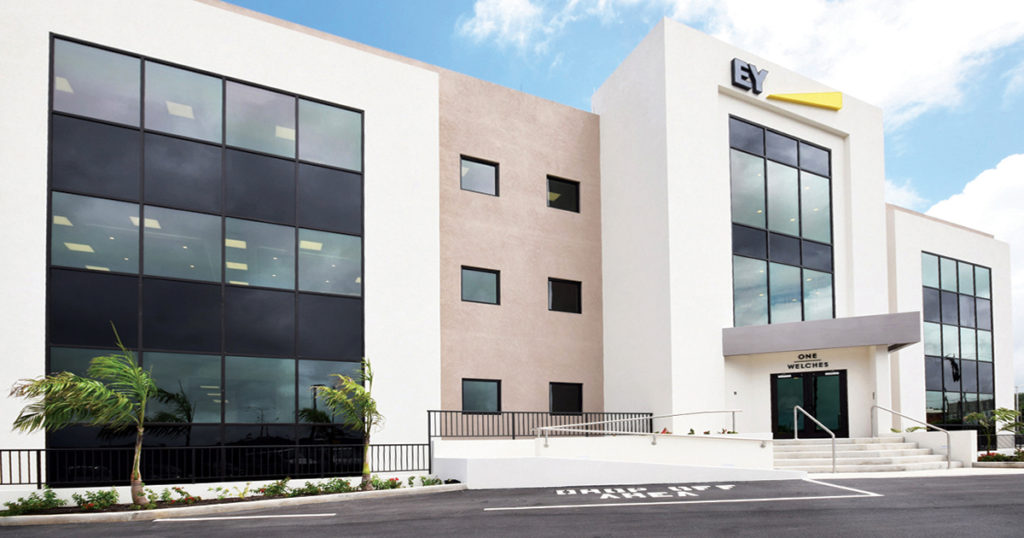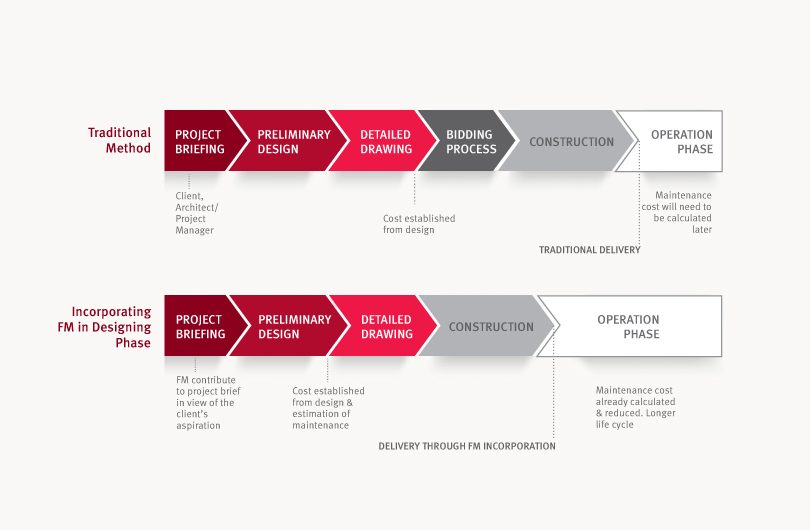Design Meets FM

Architecture is one of the oldest professions in the world; a multidisciplinary field incorporating art, science, technology, and culture. Facility Management (FM) is a relatively new field encompassing multiple disciplines to ensure the functionality, comfort, safety and efficiency of the built environment. The International Organization for Standardization (ISO) defines FM as the “organisational function which integrates people, place and process within the built environment with the purpose of improving the quality of life of people and the productivity of the core business.
Facility Managers (FMs) are responsible for maintaining what is often an organisation’s largest and most valuable assets: property, buildings, equipment and the environments which house personnel, inventory and other elements of operations. Architecture and FM share many similarities, and there is potential for interdisciplinary cohesion between the two sectors. Early involvement of FM would be advantageous in the architecture, engineering, and construction (AEC) industry during the design and procurement stages of a facility.
Designing and constructing buildings is typically led by architects and engineers and driven by client requirements, costs and legacy issues. FMs can help architects and designers in simulating operation costs and assessing the functionality of a building or space during the design stage which could save time and costs during project delivery and operation after completion. This is illustrated by Figure 1.

The role of FMs ensures the effective management of the building project by encouraging dialogue and partnership among the project team and promoting collaboration throughout the design process. The FM’s concern at the design stage will be the delivery of an efficient, cost effective facility that will function smoothly.
Some specific considerations could include:
• Maintenance requirements of building material and equipment i.e. building façades (windows and cladding) may require height safety systems or harnessing tools to be installed for regular cleaning and maintenance
• Use of materials internally to reduce long term indoor air quality issues
• Ease in cleaning, inspecting, repairing, and replacing various building components
The traditional design process largely focuses on delivering the physical building on time and within budget. Whilst indoor and outdoor environmental factors are considered, specific end-user requirements may sometimes be overlooked. This is where FM adds value to the process, including:
• building energy performance
• occupant satisfaction, using building use studies
• indoor environmental factors including air quality, carbon dioxide levels, humidity, temperature, lighting, glare, and noise
• human factors and behavioural aspects
• health and wellbeing
• user-centred design principles which address the whole user experience and are based on explicit understanding of occupants, tasks, and built environments
User feedback gathered through extended occupant satisfaction surveys would be useful for the design-FM team to reference in incorporating scope from three key disciplines i.e. building performance engineering, behavioural psychology, and related international building standards. These include the International WELL Building Institute (IWBI), WELL Building Standard (WELL) and the Leadership in Energy and Environmental Design (LEED) rating system.
Strategies to continuously monitor and improve real-time performance by considering human behaviour are increasingly prevalent and are paving the way to change the traditional building design team structure into a more integrated approach where designers, contractors and operators work together. This cohesive team informs ways of managing space in buildings to support new ways of working, such as encouraging more spaces for collaboration, discussion and teamwork, and flexibility in allocation of desks.
In summary, operation and maintenance costs in buildings represent a significant part of the total building life cycle cost. However, project delivery methods in the AEC industry are often focused on the capital delivery stage and associated costs, and end at handover. Emphasis should ultimately be placed on value for money, customer satisfaction and the delivery of a better building that is economic to run, easy for the occupiers to maintain, control and manage, and better able to respond to the needs of the occupants.



